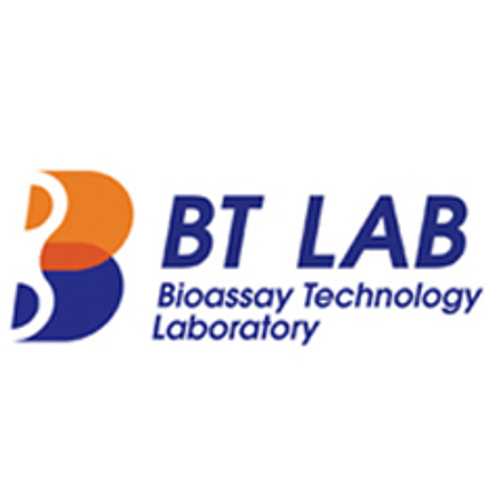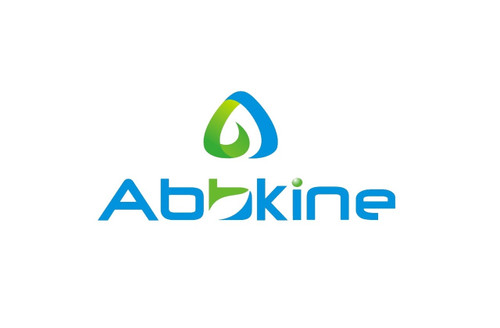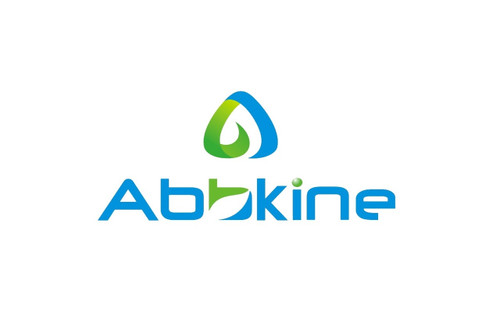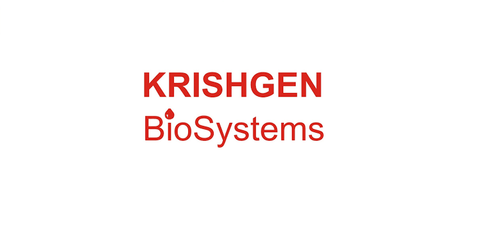Product Description
Human Synaptogyrin-4 (SYNGR4) ELISA Kit | AE16087HU | Abebio
Species Reactivity: Human (Homo sapiens)
Abbreviation: SYNGR4
Alternative Name: MGC125805;
Application: ELISA
Range: Request Information
Sensitivity: Request Information
Intra-Assay: ≤5.7%
Inter-Assay: ≤8.4%
Recovery: 0, 96
Sample Type: Serum, Plasma, Other biological fluids
Detection Method: Sandwich
Analysis Method : Quantitive
Test Principale: This assay employs a two-site sandwich ELISA to quantitate SYNGR4 in samples. An antibody specific for SYNGR4 has been pre-coated onto a microplate. Standards and samples are pipetted into the wells and anySYNGR4 present is bound by the immobilized antibody. After removing any unbound substances, a biotin-conjugated antibody specific for SYNGR4 is added to the wells. After washing, Streptavidin conjugated Horseradish Peroxidase (HRP) is added to the wells. Following a wash to remove any unbound avidin-enzyme reagent, a substrate solution is added to the wells and color develops in proportion to the amount of SYNGR4 bound in the initial step. The color development is stopped and the intensity of the color is measured.
Product Overview: Synaptic vesicles represent specialized secretory organelles that store neurotransmitters in nerve terminals, and release them by fusing with the presynaptic plasma membrane during exocytosis. Synaptogyrin (SYNGR1) and synaptophysins I and II (synaptoporin) contain 4 transmembrane regions with cytoplasmic C and N termini, and are among the most abundant synaptic vesicle proteins.For a description of the synaptogyrin family, which includes SYNGR4.By genomic sequence analysis, Smith et al. (2000) identified SYNGR4 within a 1.6-Mb glioma tumor suppressor region on chromosome 19q. The SYNGR4 protein contains 234 amino acids.Smith et al. (2000) determined that the SYNGR4 gene contains 4 exons.By genomic sequence analysis, Smith et al. (2000) mapped the SYNGR4 gene to chromosome 19q13.3.
Stability: The stability of ELISA kit is determined by the loss rate of activity. The loss rate of this kit is less than 5% within the expiration date under appropriate storage condition. The loss rate was determined by accelerated thermal degradation test. Keep the kit at 37°C for 4 and 7 days, and compare O.D.values of the kit kept at 37°C with that of at recommended temperature. (referring from China Biological Products Standard, which was calculated by the Arrhenius equation. For ELISA kit, 4 days storage at 37°C can be considered as 6 months at 2 - 8°C, which means 7 days at 37°C equaling 12 months at 2 - 8°C) .
 Euro
Euro
 USD
USD
 British Pound
British Pound
 NULL
NULL












